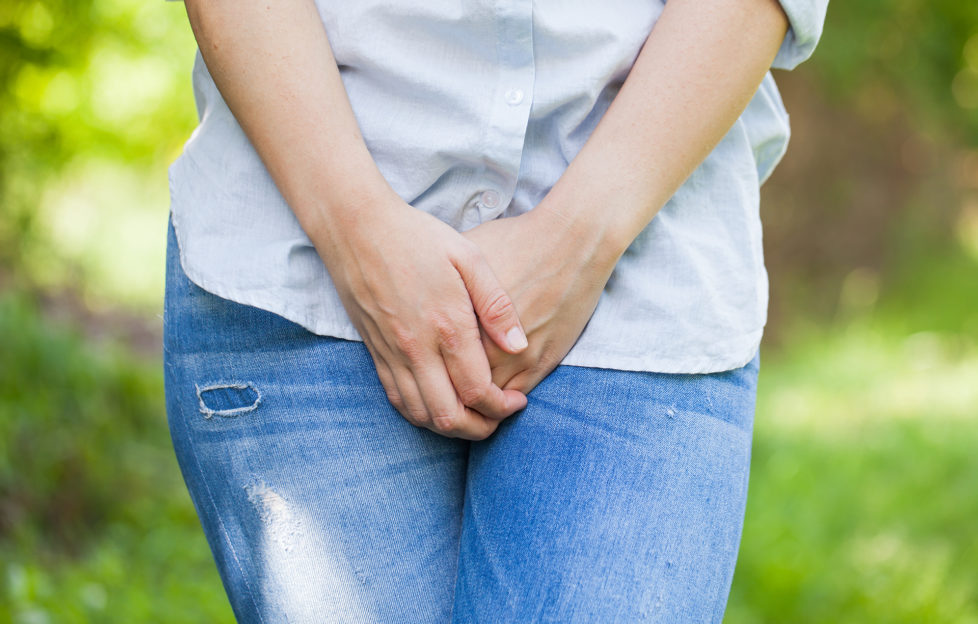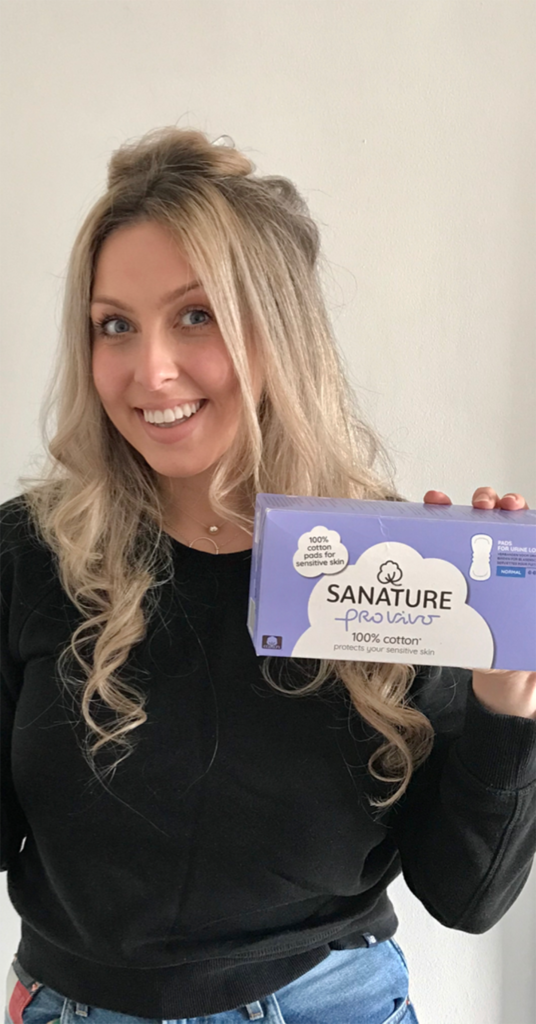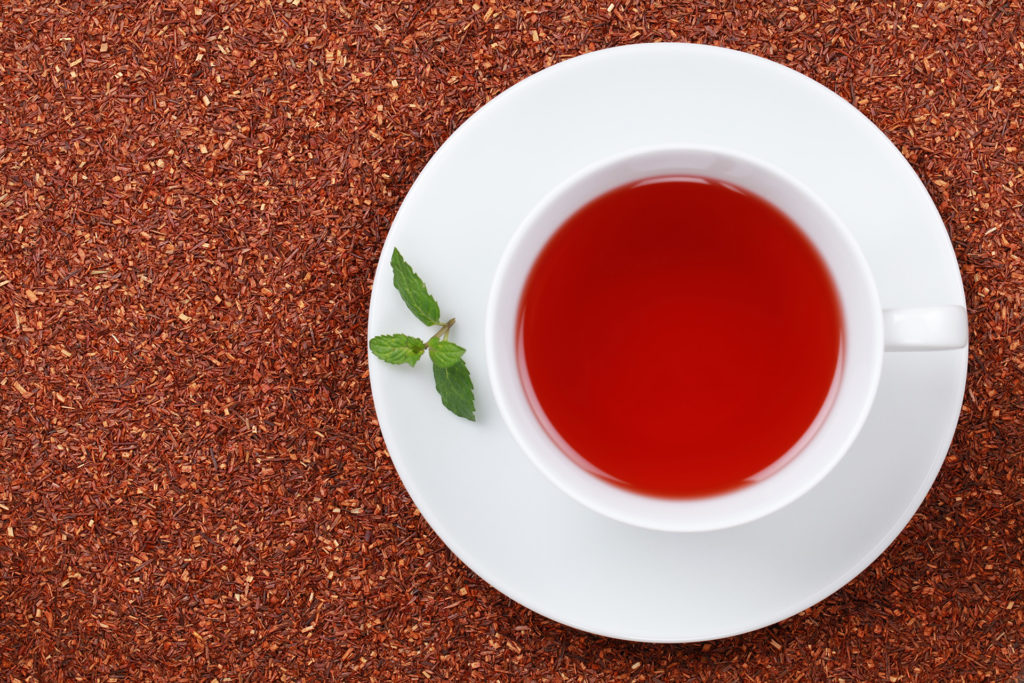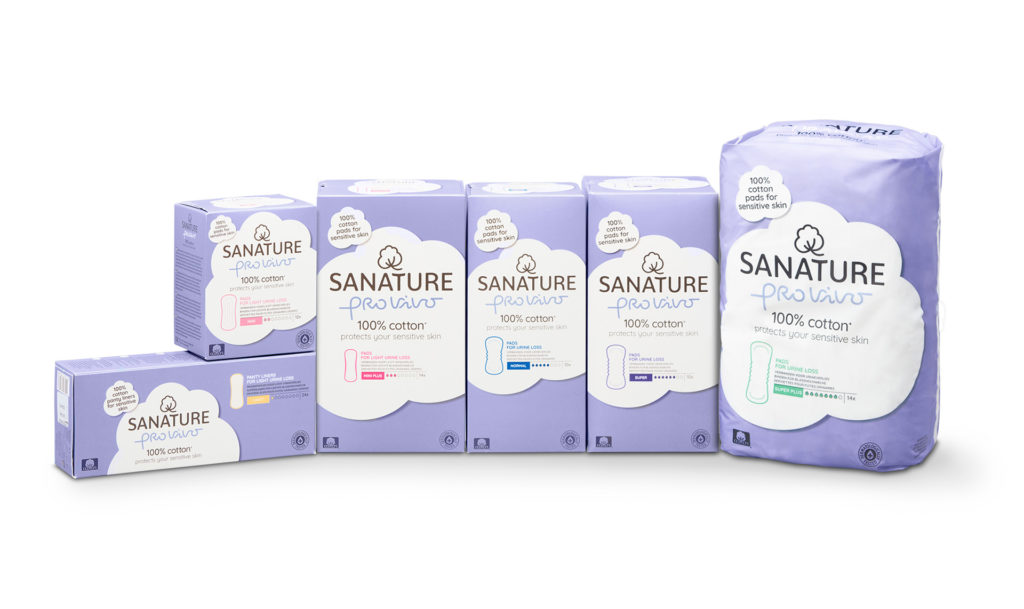Do You Have A Misbehaving Bladder?

This World Continence Week (June 17 to 23), pelvic floor physiotherapist and Sanature Pro Vivo brand ambassador Roseanna Grace gives us her best tips and tricks on how to strengthen your pelvic floor, and ease a misbehaving bladder.
Reduce Caffeine Intake
Caffeine, e.g. tea, green tea, coffee, energy drinks, coke, can increase bladder activity and result in unwanted symptoms, including higher urgency and frequency of urination, as well as increased incontinence. Reducing or eliminating caffeine intake or switching to decaffeinated varieties can decrease symptoms.
Avoid fizzy and alcohol drinks
Alcohol is a diuretic, this means it will make you want to go to the toilet more often, as do drinks that are fizzy. Consider reducing these to get better control of your symptoms.
Drink water
A common myth is that if we reduce our fluid intake, this will reduce our urinary leakage. Unfortunately, this is not true and can actually be counterproductive by making your symptoms worse. Try to drink between 1.5 and 2 litres of fluid a day, to keep your bladder happy.
Avoid going ‘just in case’
It is important to know that we rarely empty our bladder 100%. It is completely normal to retain between 30-100mls of urine after going to the toilet. That will be why if you’re sitting on the toilet and reading a book or scrolling your phone, that a little bit more urine may come out. Don’t ‘push’ this out, we have this because the bladder doesn’t empty fully – and that’s normal!
Pelvic Floor Exercises
Start in lying position and squeeze as if you are holding in wind. Then at the same time add a contraction as if you are stopping urine mid flow.
Doing these together will get a better pelvic floor contraction and gets better results. I would recommend trying to hold each contraction for 3 seconds, resting for 5 seconds and repeating five times.
On top of these longer holds, it is also good to do some quick contractions – so contracting for 1 second, and then relaxing for 1 second, and repeating 5 times.
Ideally, you should aim to do 3-4 sets per day to see an improvement within 12 weeks.
The relaxation, or ‘letting go’ of these muscles are just as important as the contraction – so make sure you are fully letting go before contracting to ensure best technique.
Choosing the right pad for you
Pads are such an important part of managing urinary incontinence. They are often the first thing women will purchase in order to self-manage these unwanted symptoms. An important thing to remember is that by using pads to manage urinary incontinence, you can damage your vulval skin, which can result in soreness, itching, redness and general discomfort, especially when teamed with an acidic substance like urine.
100% cotton pads like Sanature Pro Vivo have no chlorine bleach and in so, means that you are being much kinder to your sensitive vulval skin. They have better breathability and absorb nearly five times its weight in moisture.









